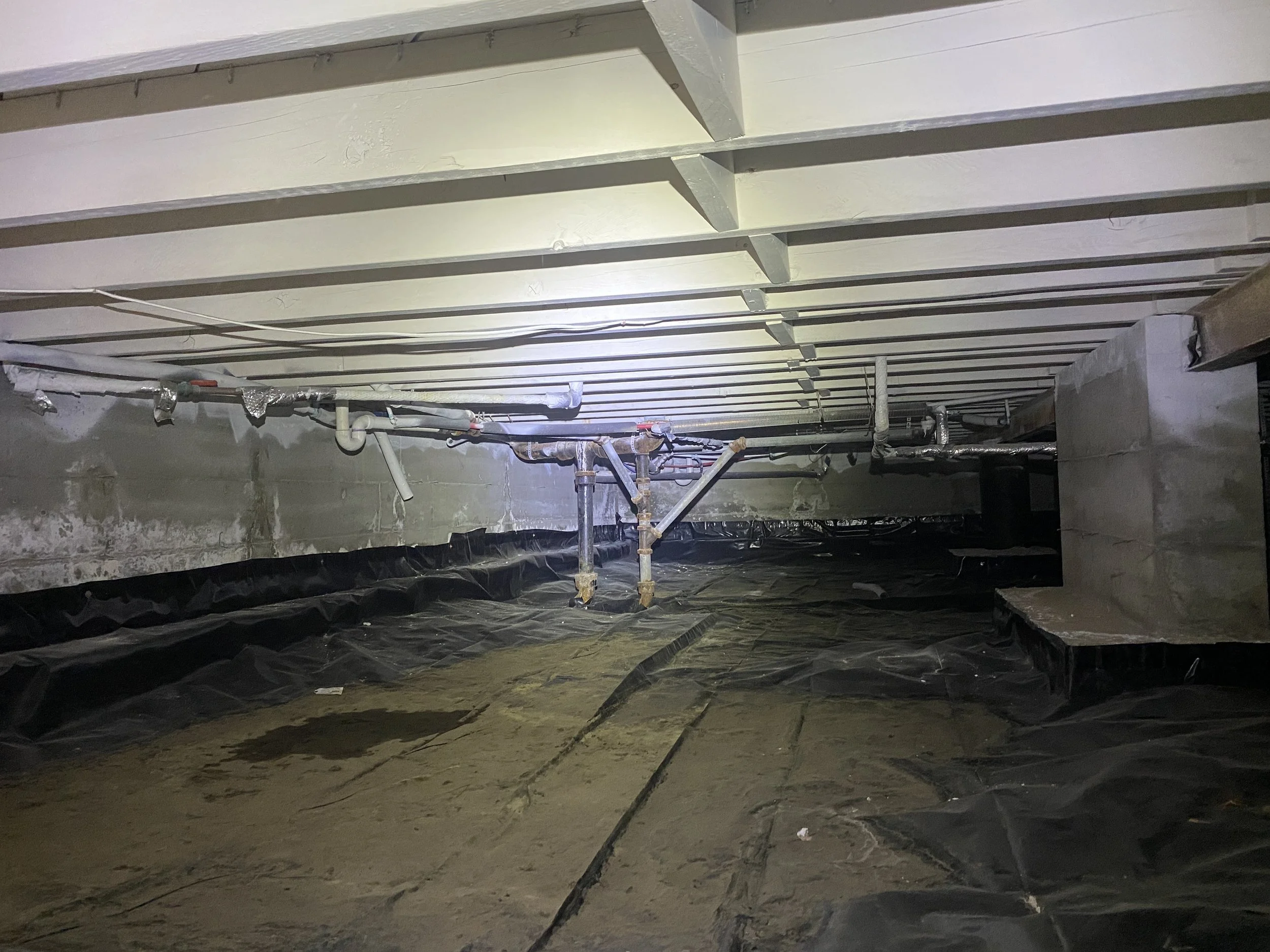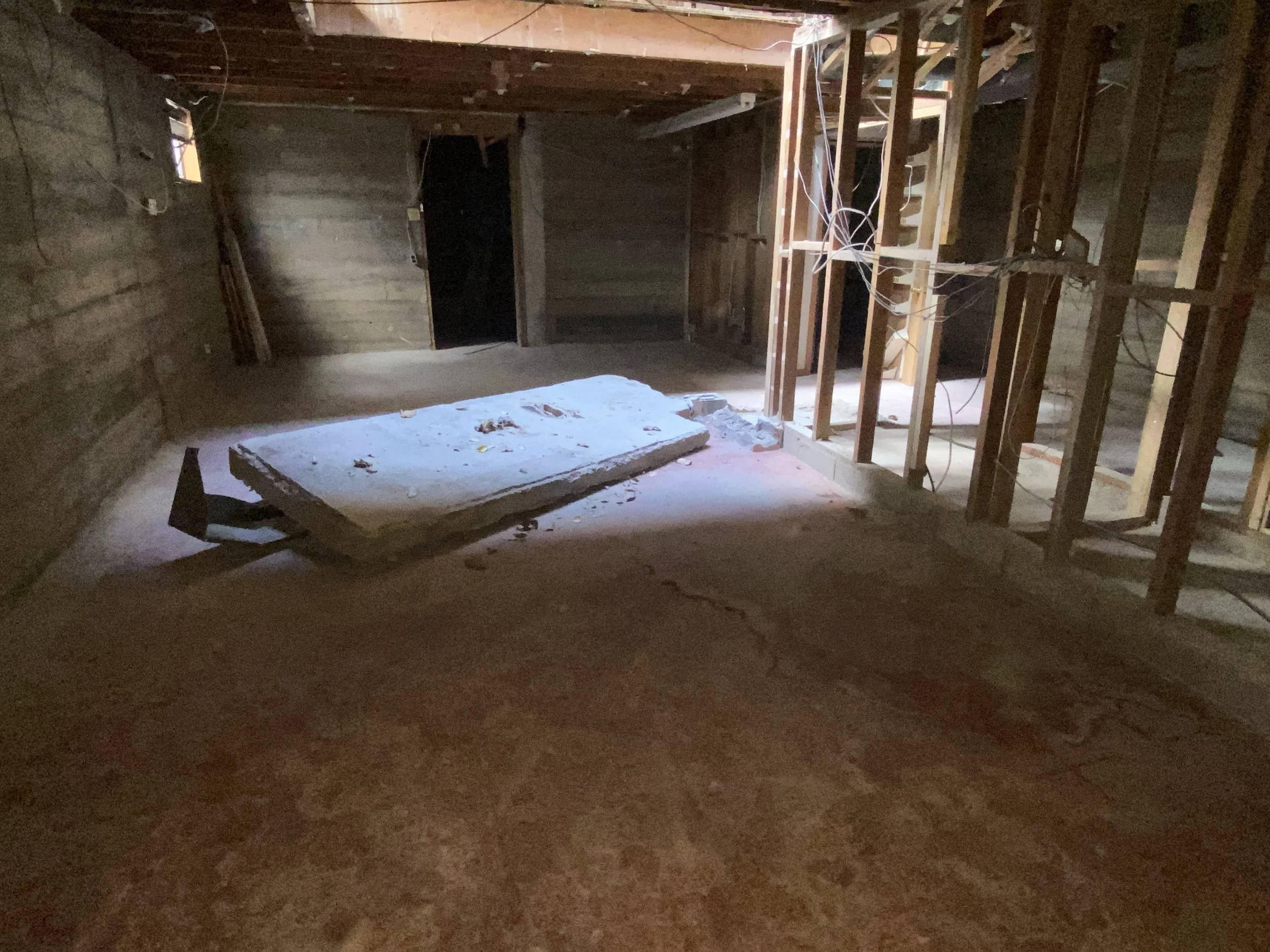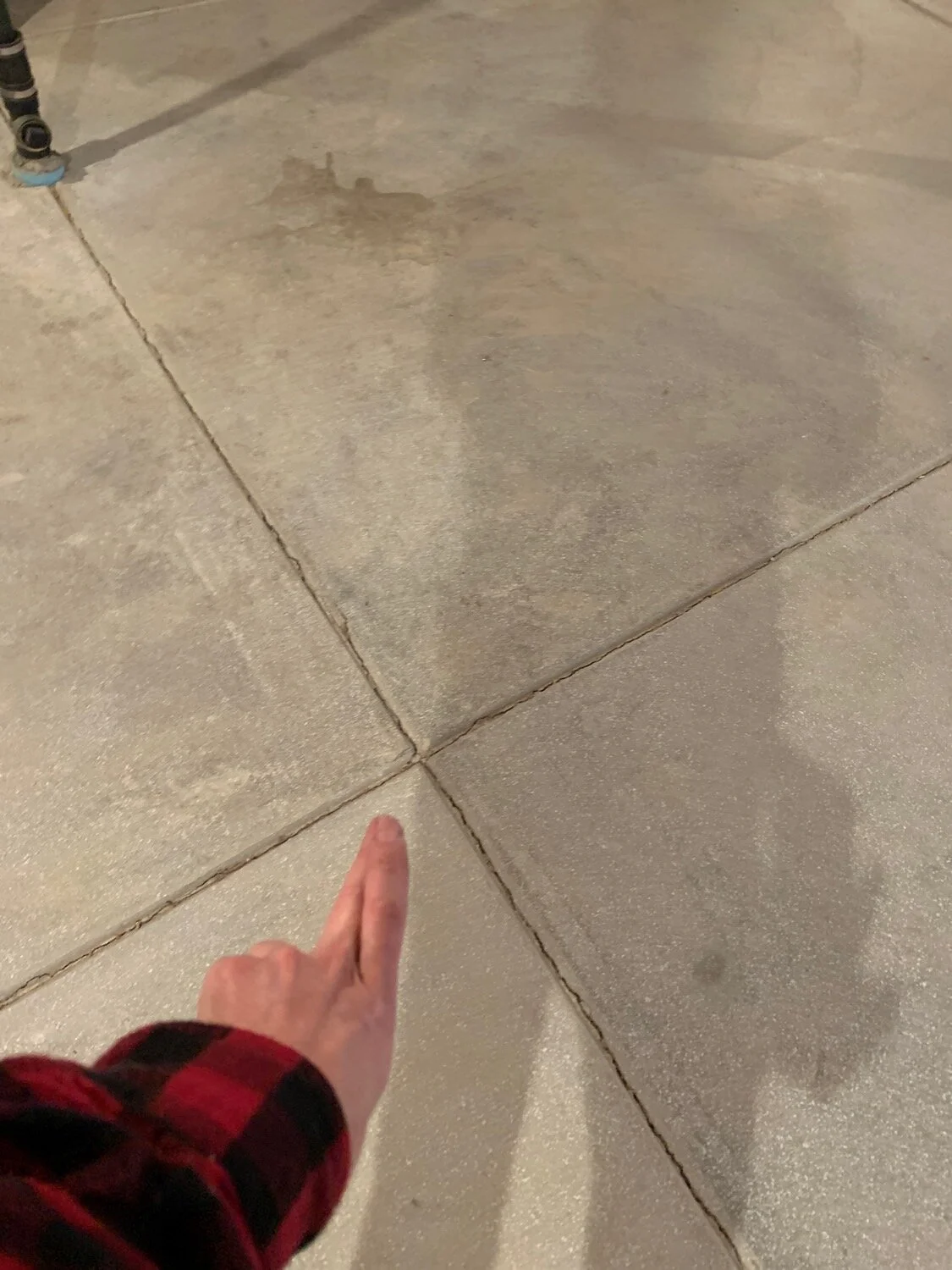Pregnant women and babies are the highest risk individuals for lead poisoning and air quality issues! Nest Assured is the first of its kind home health testing service created to serve expecting mothers, families, and those with babies and young children to help ensure a lead and mold safe environment. Our Nest Assured Bundle tests for lead paint, water quality and air and mold quality. Our EPA approved testing equipment and licensed technicians will put your mind at ease so that you can Nest Assured.
The nest assured Story
Nest Assured was born in 2024 as a way to help educate and ensure the health of pregnant women, expecting families and those with babies and young children. Andrew Sams, the founder and owner of Alpine Building Performance is the father of 2, and soon to be 3 children. As a passionate healthy home advocate, Andrew realized the need for this service leading up to the birth of his second child. “Ensuring the optimal health of my wife during pregnancy through clean water and air became abundantly clear to me as a top priority. I tested our water, air and paint because I had the knowledge of the potential threats to our family and had the luxury of doing so as the owner of a company that performs these services. There is so much legitimate emphasis put on prenatal diet and nutrition, but so little awareness and education about ensuring optimal water and air quality. Furthermore, when our daughter was born, I was extremely cautious about continuing to monitor her air and water quality for optimal health. Developing bodies are particularly susceptible to small concentrations of toxins. It’s my duty as a father to protect my family in every way that I can and I want to ensure that these testing services and resources are available to all.”
Who this is for?
Protection from the dangers of lead and mold should be a basic human right, and this service can benefit anyone that lives indoors. Nest Assured was created for pregnant women, expecting families and those with babies and young children.
The Nest Assured service is applicable to any dwelling whether owned or rented, single family, townhome or condo. This service is recommended for pre-1978 dwellings due to the use of lead paint during that time period, however post 1978 dwellings can still have water and air quality issues and should be tested accordingly.
The only way to know the safety of your nest is to test. The best possible outcome is that your nest is free of harmful toxins and safe for you and your family. If testing determines that it’s not an ideal environment, we will help guide you to simple and straightforward solutions for improvement.
What Testing services are Included With Nest Assured?
Lead Paint Testing - Interior
Water Quality Testing
Mold and Air Quality Testing
Optional Add On Services
Radon Testing - Exterior Lead Paint Testing - Asbestos Testing
WhY Test The Paint, Water and Air?
Lead paint is a neurotoxin that can be ingested through paint chips and dust.
Lead in water is a neurotoxin that can be ingested through drinking.
Lead consumption whether through paint or water presents a serious risk to pregnant women and children. Some risks include developmental issues, organ damage and neurological development damage.
Source: https://www.phila.gov/guides/lead-guide/dangers-of-lead/
Mold is an allergen/toxin that can be inhaled.
Radon is a carcinogen that is inhaled.
*Radon testing is not included in the base Nest Assured bundle and is available as an add on service.






